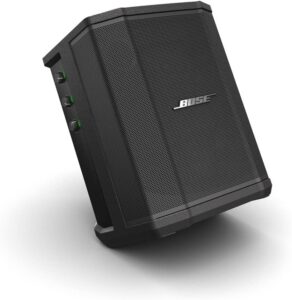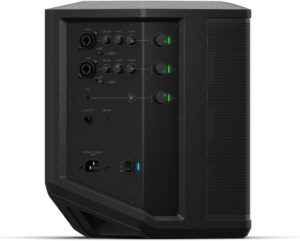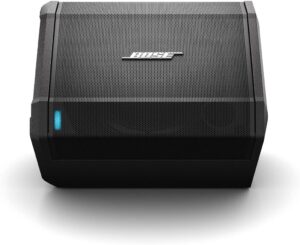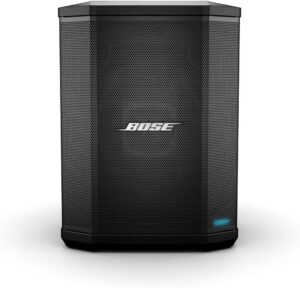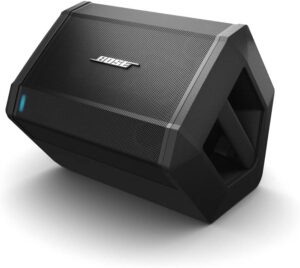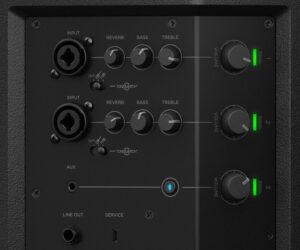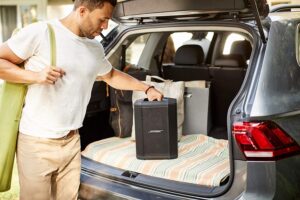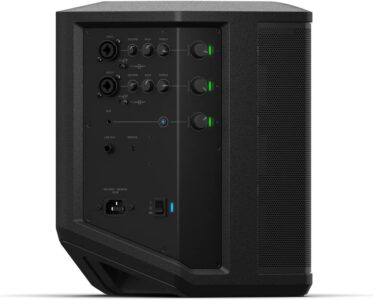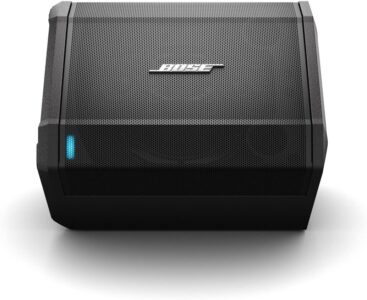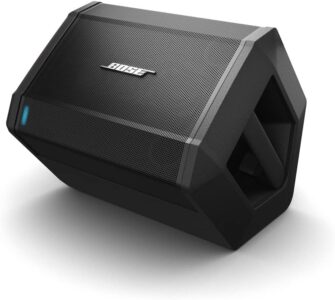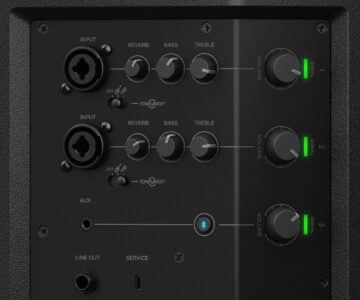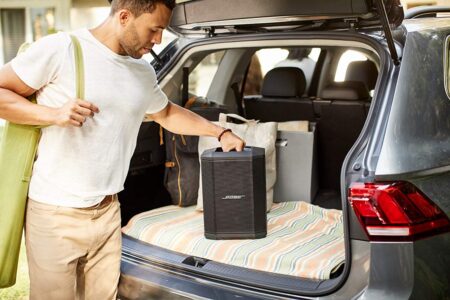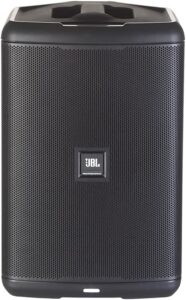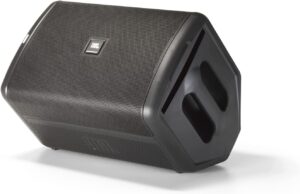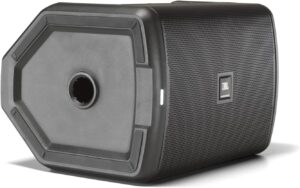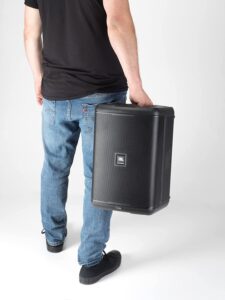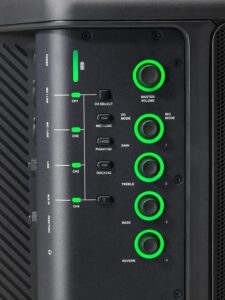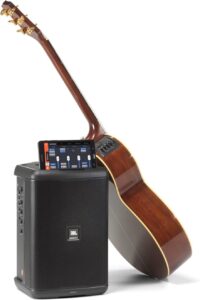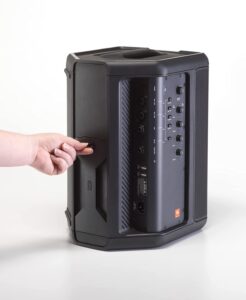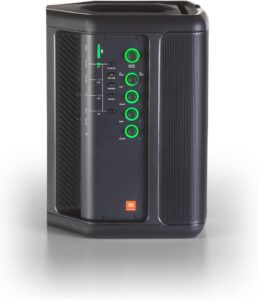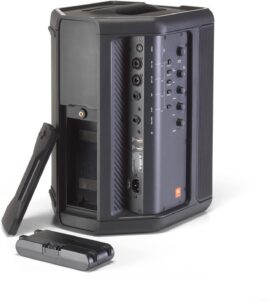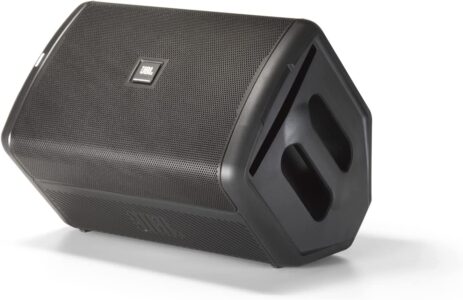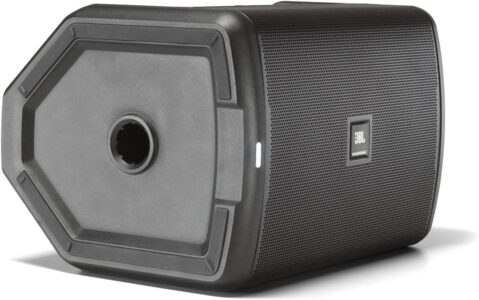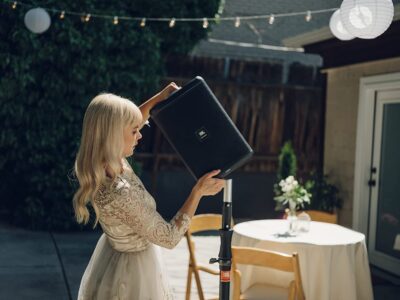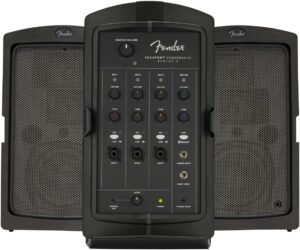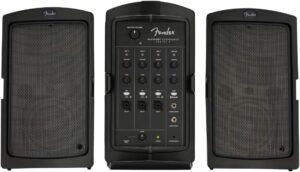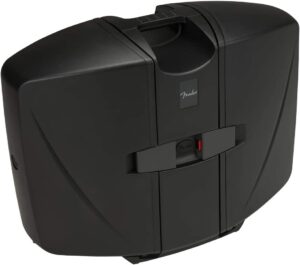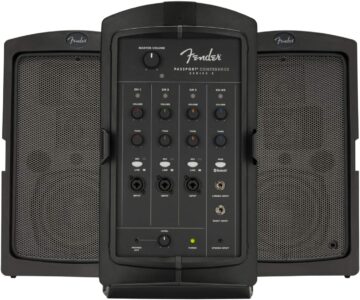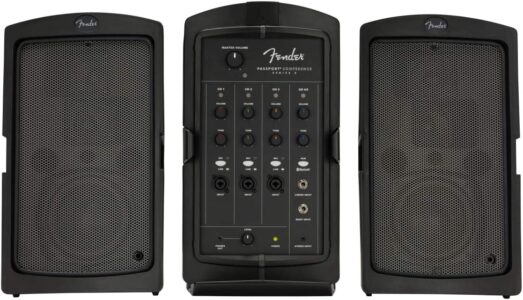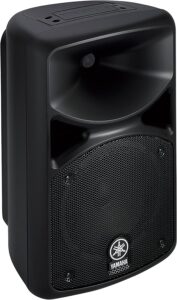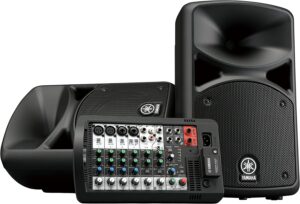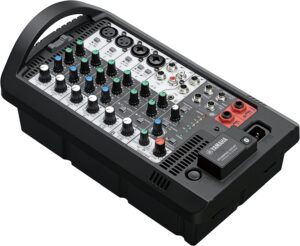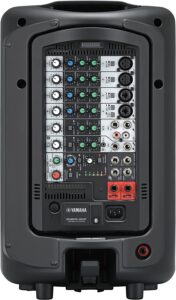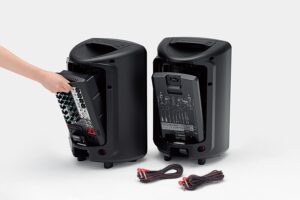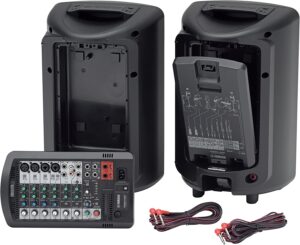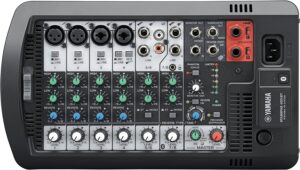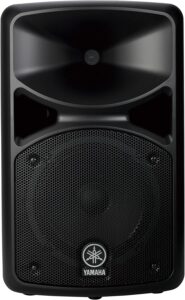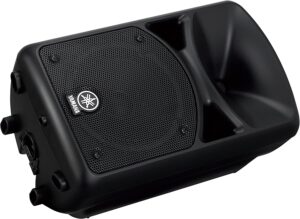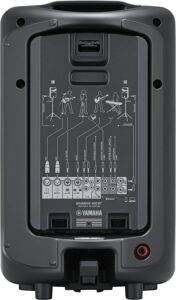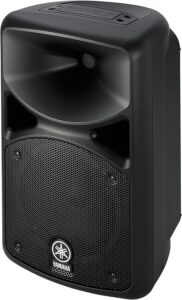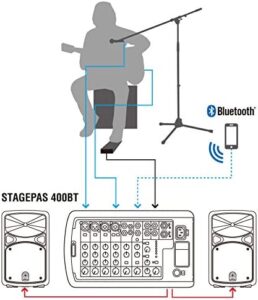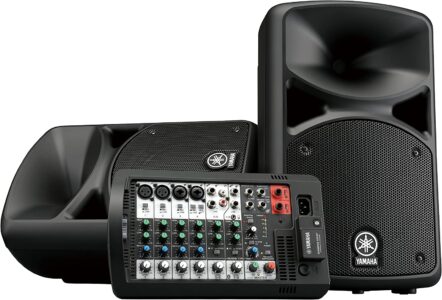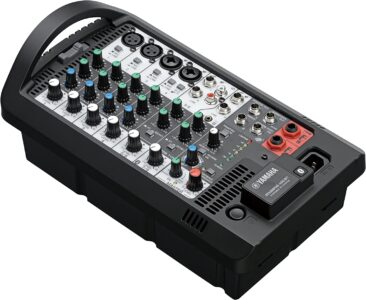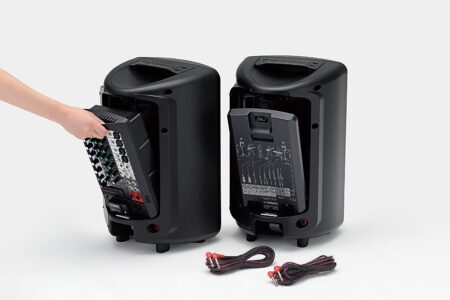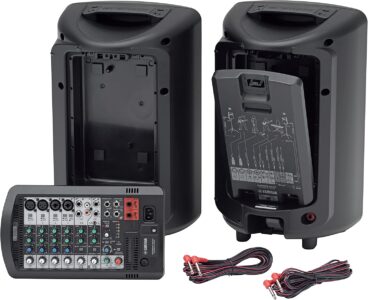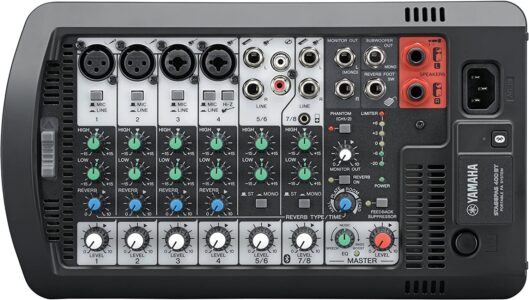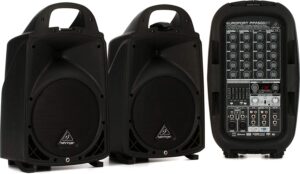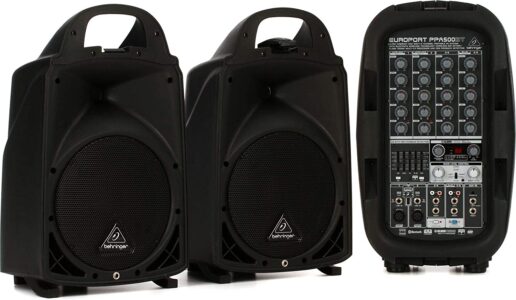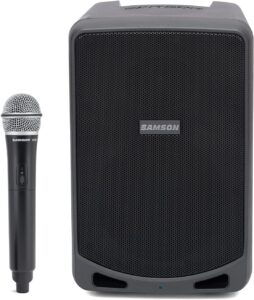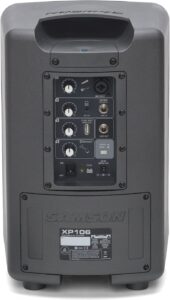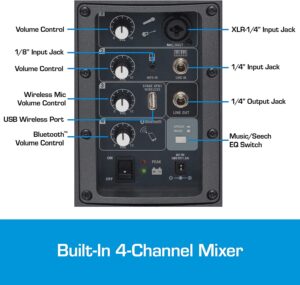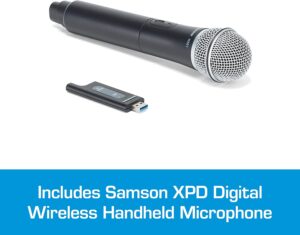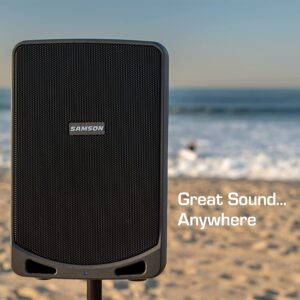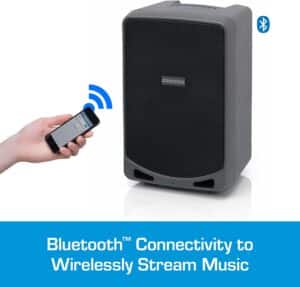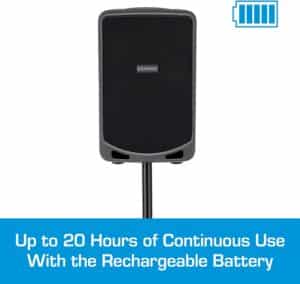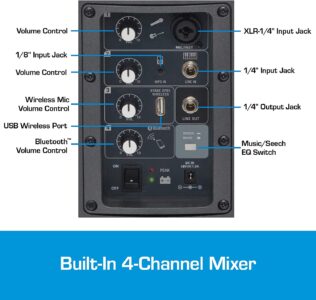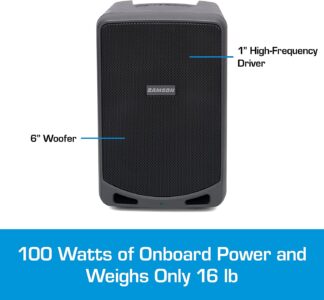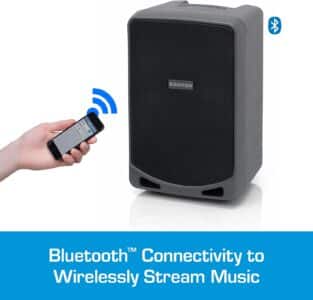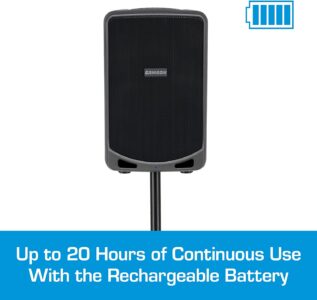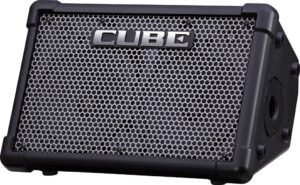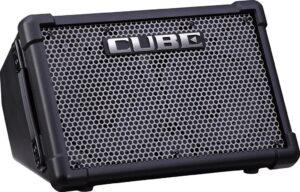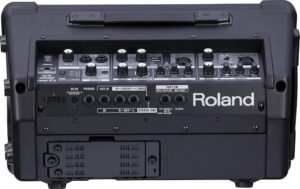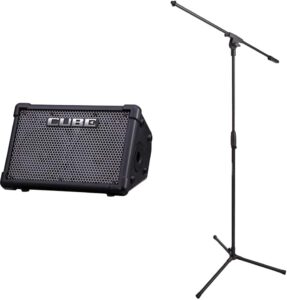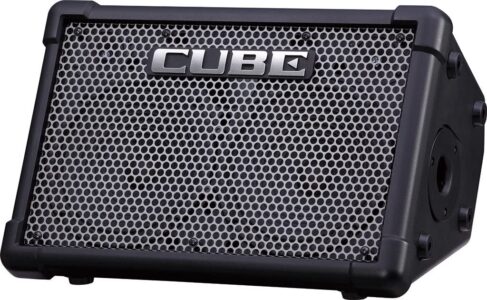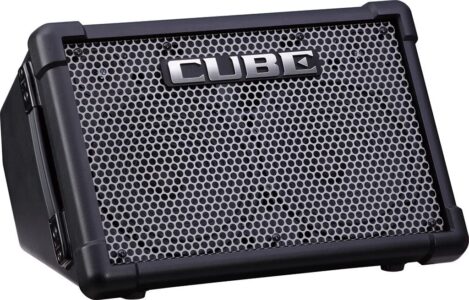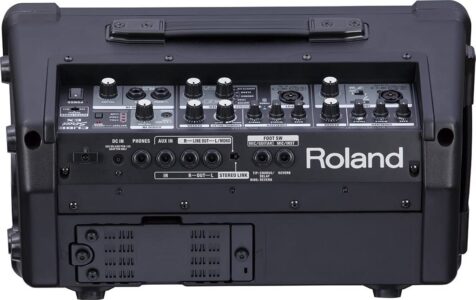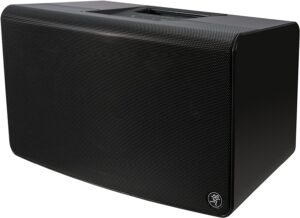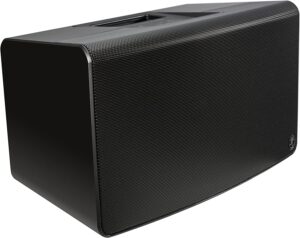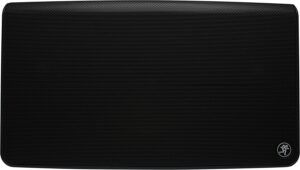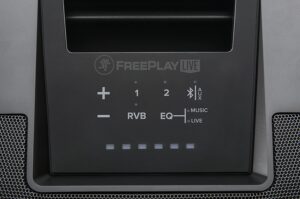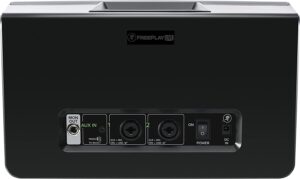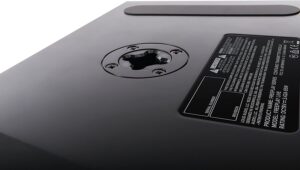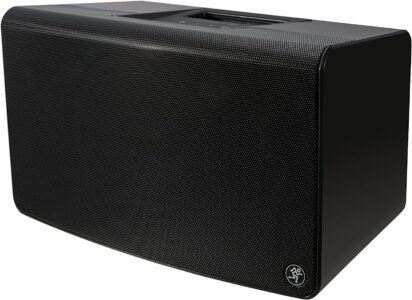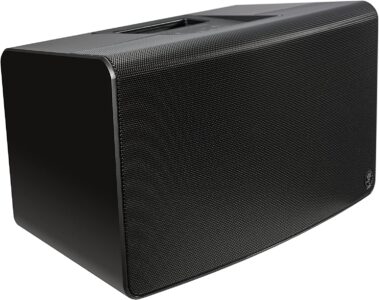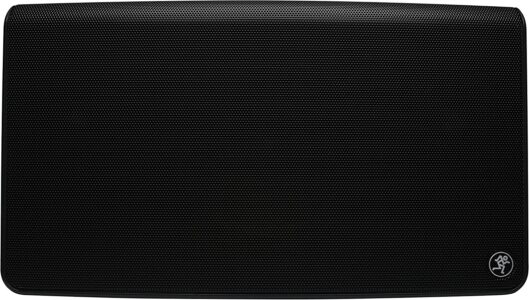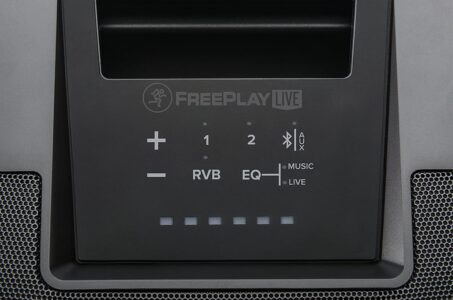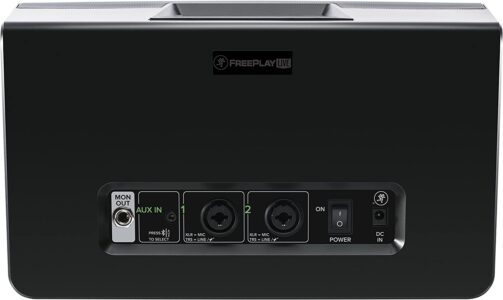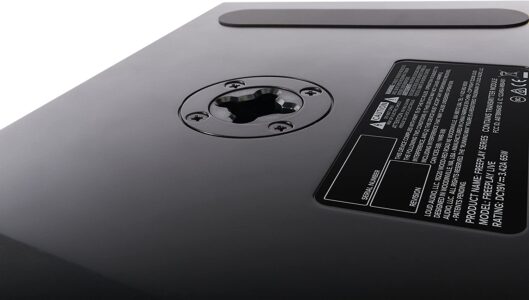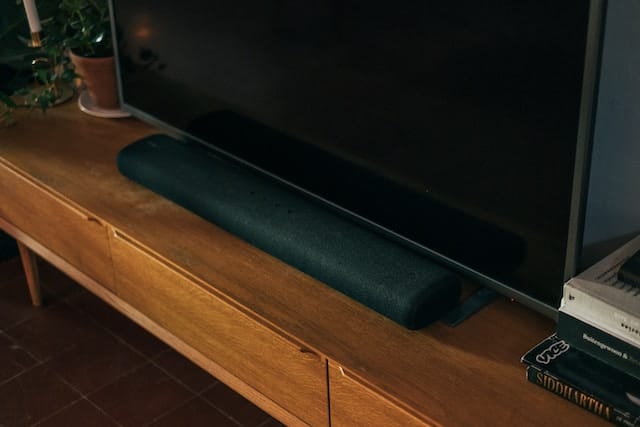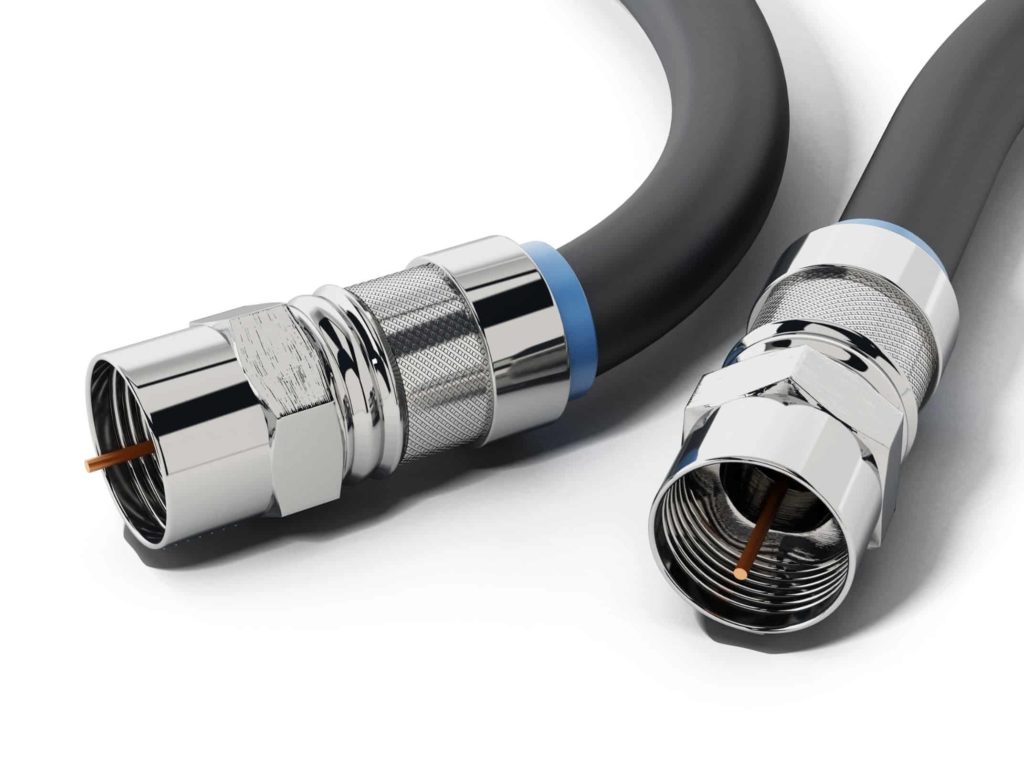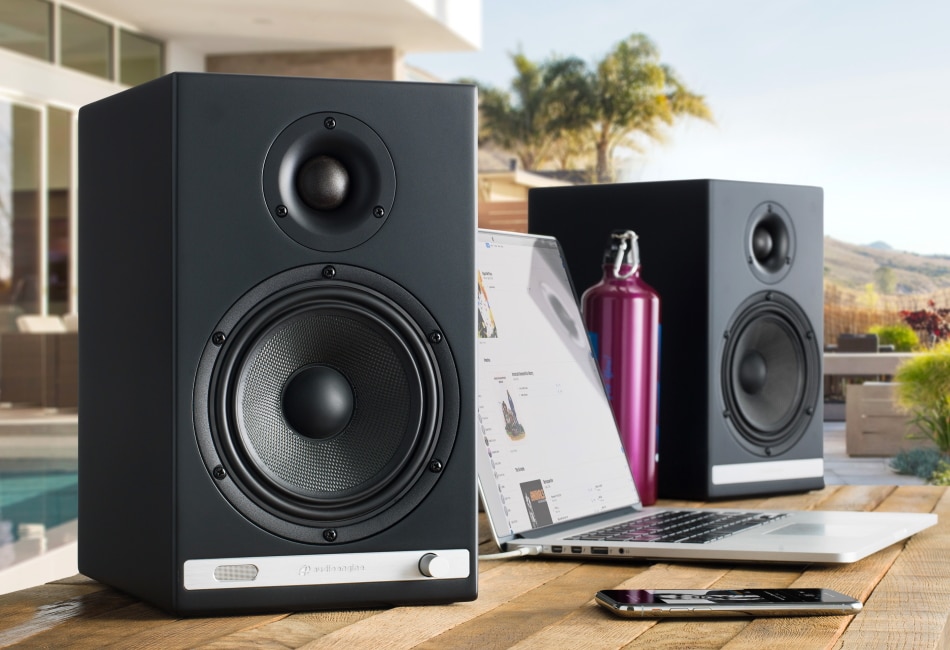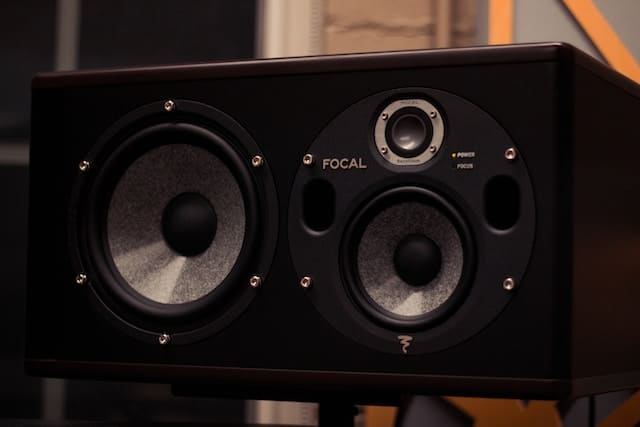An Introduction to Portable PA Systems
A Public Address (PA) system is an amalgamation of electronic sound amplification and distribution components, including microphones, amplifiers, and loudspeakers. It serves to deliver sound (speeches, music, etc.) to a large, dispersed audience. When we talk about a portable PA system, we’re referring to a compact, mobile version of this setup, characterized by ease of transportation and quick setup. These systems are invaluable for performances, presentations, or events at various locations, from indoor conference rooms to outdoor rallies.
Assessing Size, Weight, and Portability
Size, weight, and overall portability are paramount when selecting a portable PA system. Compact systems, such as the Samson Expedition XP106w and the Roland Cube Street EX, are particularly light and easy to transport, making them ideal for artists, speakers, or entertainers who frequently change locations. Conversely, a larger system could be the way to go if you host most of your events in one place and rarely move your equipment. While bulkier, systems like the Yamaha Stagepas 400BT or the Behringer Europort PPA500BT deliver superior power and sound output. It’s crucial to consider your system’s intended use before deciding based on size and portability.
Diving into Sound Quality
The principal function of any PA system is to produce sound, so it’s only natural that the quality of this sound would be a critical factor in your decision-making process. You should look for systems that deliver a broad frequency range, excellent sound clarity, and minimal distortion at high volumes. The Bose S1 Pro System, our Editor’s Choice, provides a balanced, rich sound, setting the bar high for other contenders. The JBL EON One Compact also stands out in this regard, boasting a broad frequency range and impressive sound clarity.
Power Source and Battery Life: What to Consider
Another vital aspect to consider is how your PA system will be powered. Your power source can significantly impact the system’s convenience and usability, especially for outdoor events. If you frequently host events in locations without access to power outlets, you should consider a battery-powered system like the Roland Cube Street EX or the Mackie FreePlay LIVE. These systems offer impressive battery life (up to 20 and 15 hours, respectively), enabling you to conduct long events without worrying about power. A system powered directly by electricity might be more suitable for indoor events with readily available power outlets.
Understanding Input/Output (I/O) Options and Mixer
The nature of your events will dictate your requirements for input and output (I/O) options. For instance, you’ll need a system with sufficient inputs if you plan to connect multiple instruments or microphones. Furthermore, having an integrated mixer will allow you to control sound levels and quality directly on the PA system. Systems like the Yamaha Stagepas 400BT and the Behringer Europort PPA500BT excel in this area. They offer a variety of I/O options and include built-in mixers, giving you greater control over your sound output.
Exploring Bluetooth and Wireless Capabilities
Modern technology has brought convenience to the forefront of many products, and portable PA systems are no exception. Bluetooth or wireless capabilities can significantly enhance convenience and flexibility. These features allow for wireless audio streaming and remote system control, meaning you don’t need to physically interact with the system to manage your sound. Portable PA systems such as the JBL EON One Compact and the Mackie FreePlay LIVE have embraced these technologies, making them great options for tech-savvy users or those seeking added convenience.
Durability and Build Quality: Don’t Overlook the Basics
Regardless of the feature set, a good portable PA system must be durable and robust, capable of withstanding regular transport and setup. As these systems are often moved around and exposed to different environments, they must be built to last. Pay special attention to the construction material and build quality. For example, the Fender Passport Conference PA System is known for its rugged and sturdy design, enabling it to resist the wear and tear associated with frequent transportation.
Considering Additional Features
While the points discussed above form the basis of any good portable PA system, it’s also important to consider any additional features that might enhance your experience. These might include integrated digital effects (like reverb or echo), feedback reduction capabilities, or even the inclusion of accessories like microphone stands or carrying cases. Be sure to think about which additional features would be most beneficial for your specific needs.
Cost and Value
Finally, consider the cost and the value that the system brings. More expensive systems often come with more features and better build quality, but that doesn’t mean they are always the best choice. It’s essential to consider whether the system fits your budget and whether its features align with your needs. Consider the value that the system offers for its price.
In conclusion, choosing the best portable PA system involves carefully analyzing your specific needs and understanding the different features and specifications each system offers. This guide serves as a starting point, and your final decision should take into consideration the size and portability, sound quality, power source, I/O options and mixer, Bluetooth/wireless capabilities, durability, additional features, and the cost and value of the system. Our detailed product reviews should provide further insights and help you make an informed decision.







